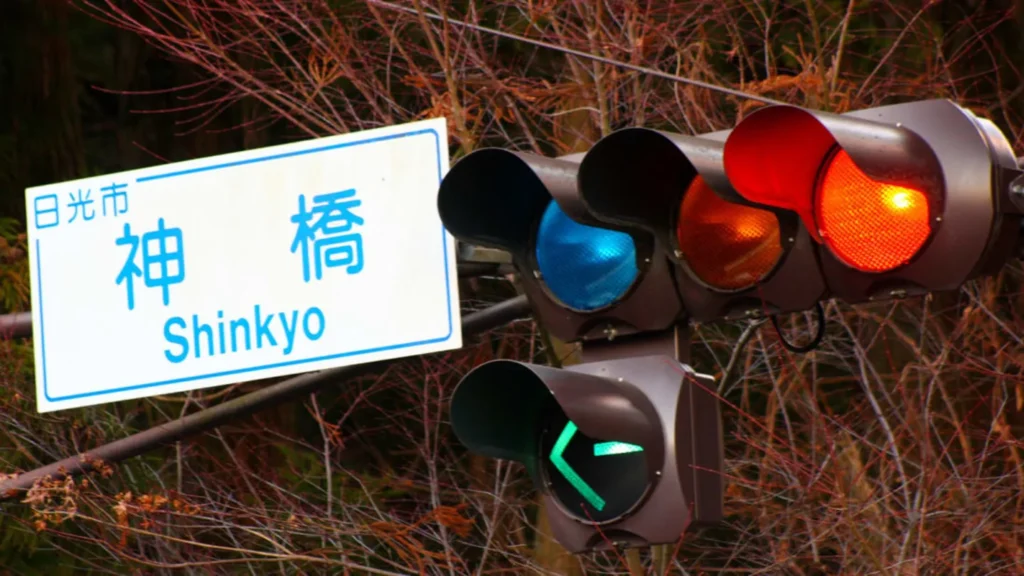
Discovering Blue Traffic Signals
As you travel along the streets, have you ever been surprised by the sight of an unusual blue traffic signal? This unexpected sight might pique your interest, but rest assured, many share your curiosity.
The Meaning of Blue Signals
In certain regions, particularly in Japan, these blue traffic signals carry a specific meaning. They indicate lanes designated for particular vehicles such as buses or taxis, conveying a subtle message to passing drivers.
Cultural Origins
Japan’s preference for blue instead of the traditional green originates from linguistic nuances. In Japanese, the word “midori” for green can also refer to blue in certain contexts. This linguistic detail influences their traffic signal design, emphasizing caution and lane distinction.
Distinctive Signaling
While green universally indicates “proceed” in most places, Japan’s use of blue aims to offer clarity and distinction. It serves as a noticeable indicator for special lanes, outlining specific rules for drivers.
Understanding the Blue Signal
Encountering a blue traffic signal requires a moment of decision. Drivers must pay attention to road signs and markings to determine which vehicles can use these lanes. Those not included in the designated categories should patiently wait for the regular green signal.
Global Occurrence
Although primarily seen in Japan, blue traffic signals can also be found in other Asian countries. For adventurous travelers, familiarizing oneself with local traffic regulations beforehand ensures a smoother journey.
Appreciating Uniqueness
So, the next time you come across a blue traffic signal in Japan, embrace it as a reflection of cultural and linguistic nuances. By comprehending its significance, you navigate the roads with the understanding of a seasoned local, recognizing the blend of tradition and innovation.
Leave a Reply